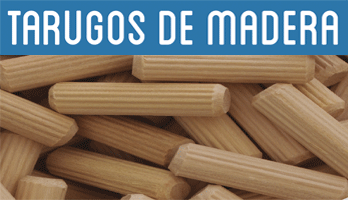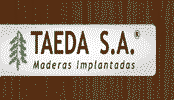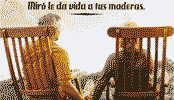
Se adapta en diferentes diámetros de agujeros evitando rajaduras en placas.
Se adapta en diferentes diámetros de agujeros evitando rajaduras en placas. Es ideal para tarugos largos sometidos a tracción, ya que permite un escurrimiento total del adhesivo.
Ante cambios de la humedad del ambiente, las piezas de madera sufren dilataciones o contracciones en los que los agujeros se achican o se agrandan, respectivamente. Esto se debe a que el material se expande o contrae hacia el lugar con menos resistencia. El porcentual de variación depende del tipo de madera o placa.
Lo contrario sucede con los tarugos de madera, ya que el lugar de menos resistencia siempre es el exterior y el porcentual de variación depende también del tipo de madera.
Es por este motivo que algunas veces el tarugo entra flojo y otras veces ajustado, aún cuando en la salida de producción el agujereado de la madera y la fabricación del tarugo, las medidas sean óptimas.
Ante cambios de humedad, un tarugo o agujero puede dilatarse o contraerse en (+/-) un 2%, lo cual provoca resultados no deseados, ya sea quedando el ensamble sin resistencia a la tracción o provocando rajaduras en placas o piezas de madera al entrar muy ajustado.
El tarugo autoajustable se adapta ampliamente a la diferencia de medidas, evitando los problemas anteriormente mencionados. Además, permite el escurrimiento de la cola en su colocación, logrando que ésta se impregne en toda la superficie del ensamble. Esto optimiza las uniones sometidas a esfuerzos a la tracción, por ejemplo patas y respaldos de sillas, sillones, sofás, camas, entre otras.
Para mayor informacion: http://tudanca.vetas.com


IT MAY INTEREST YOU
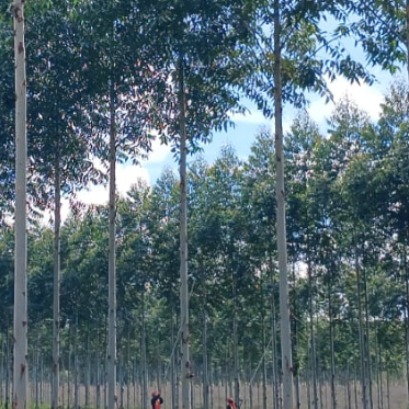 Paraguay | The plantations became instruments of territorial development and the generation of decent employment, INFONA highlights.
Paraguay | The plantations became instruments of territorial development and the generation of decent employment, INFONA highlights.
Plantings in different phases, control of ants and weeds, pruning and thinning, mechanized harvest, technology applied to the field and complete integration of the production cycle were part of the CREA Forestal proposal in its Technical Update Conference – JAT Forestal 2025. The event took place on Friday, November 14, at Estancia Ñemity, located in San Juan Nepomuceno, Caazapá, where agricultural producers, technicians, contractors, students and companies in the sector met to observe the forestry business of the future in action.
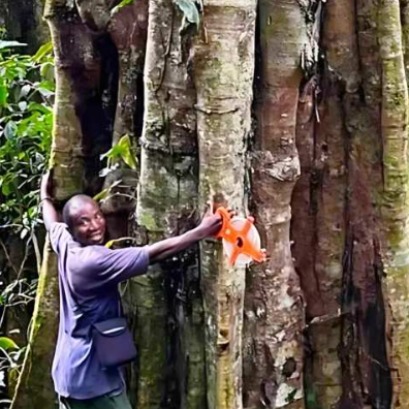 Botanists discover giant trees up to 3,��� years old in Tanzania, unknown until now by science
Botanists discover giant trees up to 3,��� years old in Tanzania, unknown until now by science
Scientists have identified a new species of giant tree, Tessmannia princeps, in the Udzungwa Mountains. This species had never before been recorded by science.
 The second largest wetland in South America is located in Argentina: what is it?
The second largest wetland in South America is located in Argentina: what is it?
Argentina has national parks that place it in a unique position within South America, competing with 300 others. Which is the largest? South America is home to more than 300 national parks, but many go unnoticed. There are extensive wetlands that have been the subject of major ecological restoration projects, to coastal mountains with deep indigenous heritage. Today we tell you the case of one located in Argentina.

